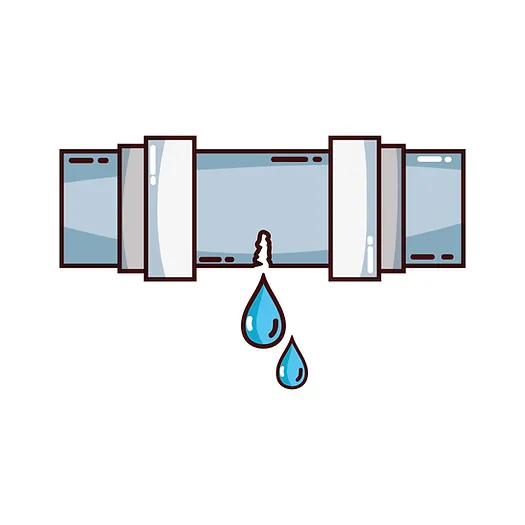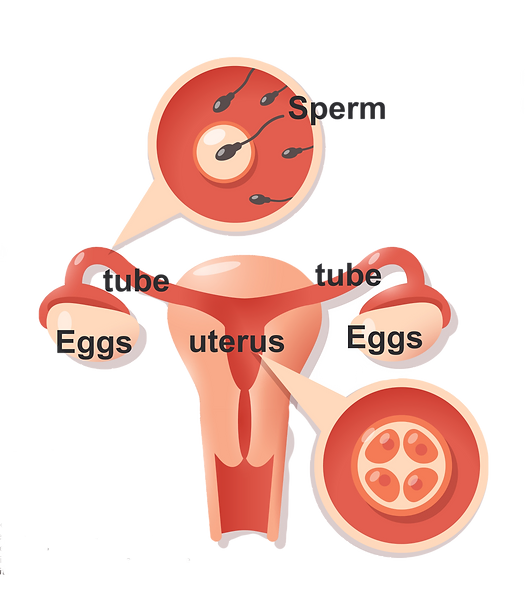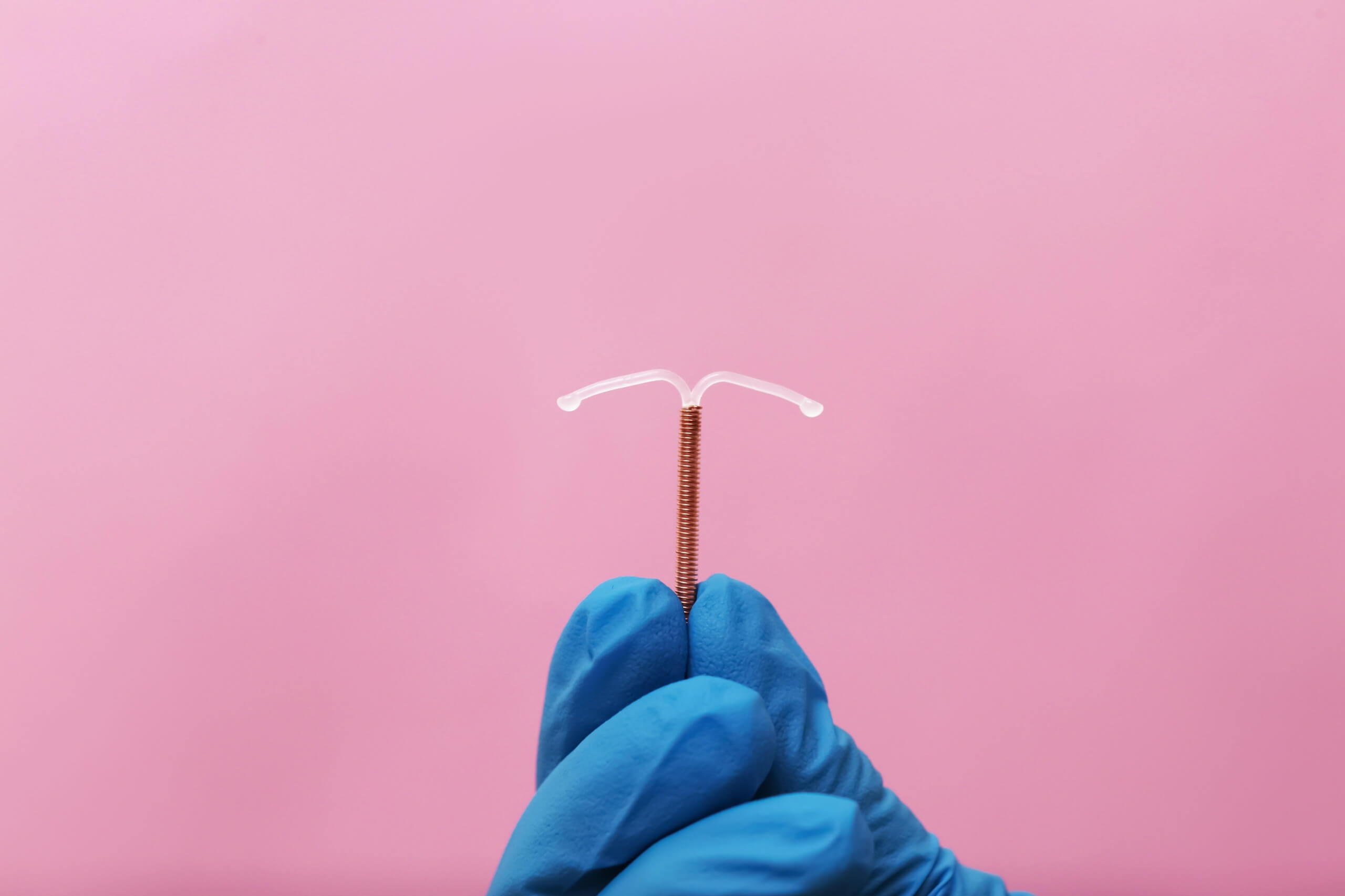One of the things we will evaluate when trying to determine why you might be having a hard time getting pregnant is your fallopian tubes.


As you know, your fallopian tubes connect your ovaries to your uterus.
After your ovary releases an egg, sperm will meet the egg in your fallopian tube where it will fertilize the egg.
The fertilized egg then takes a few days to travel down the tube and implant in the uterus, where it will grow into a baby.

If you have a blocked tube, then sperm and egg cannot meet.
(This is essentially the concept of “tying tubes” when a woman is done having children. When we “tie tubes” we block off or remove part of or the whole fallopian tube to prevent sperm and egg from meeting.)
So, How Do We Evaluate Your Fallopian Tubes?
1. Saline Ultrasound
- This can be done in the office if your OBGYN office has the equipment.
- We should not see normal fallopian tubes on an ultrasound, but we can see them when they are dilated and filled with fluid, which would not be normal.
- During this procedure, we flush the tubes with saline. Then I expect to see the fluid accumulate in your pelvis, so I know the tubes are open. If I don’t see this for sure, then we’ll need to do further testing.
2. HSG
- Hystero-Salpingo-Gram if you wanna get technical. It literally means X-ray of the uterus and fallopian tubes. This is done in the radiology department.
- Dye is injected into the uterus and then X-rays are taken. This gives us pictures of both your uterus and fallopian tubes. We can see if the tubes are open or blocked.
- This is a better test than the saline ultrasound, but it is slightly less fun.
3. Surgery
- If we suspect your tubes are blocked, then we will likely recommend surgery to evaluate them.
- During surgery, we can flush the tubes with dye to see directly if they are open or closed. The procedure itself is called chromopertubation. We usually use a blue dye to flush the tubes. It’s pretty cool.
- We can try to forcefully flush them open, or remove scar tissue that may be blocking them, or remove the tubes altogether if need be.
What Causes a Tube to Be Blocked?
- This can happen because of a previous infection that you may not have even known you had.
- You may have scar tissue from a previous surgery or endometriosis.
- Maybe you were just born with a bad tube.
Fun fact: An abnormally dilated fallopian tube is called a hydrosalpinx.
What Can Be Done About a Blocked Tube?
1. They might just need a good flush

Sometimes, there’s just a little “schmutz” in the tubes and it can be flushed out and opened up.
So the saline ultrasound, HSG or surgery itself can actually be therapeutic.
I certainly have had many patients get pregnant on their own after having the tubes flushed.
2. Remove the one bad tube
If a tube is completely blocked and filled with fluid, then you’re better off having that bad tube removed altogether. The fluid inside a dilated tube leaks back into the uterus and is toxic to an embryo trying to implant, so removing that tube may be all you need. Your other fallopian tube will compensate and pick up an egg ovulated from either ovary. I have certainly had some patients with just one bad tube that then had no trouble getting pregnant on their own after we removed that one tube.
3. Remove both tubes and do IVF
The process of IVF (in-vitro fertilization) completely bypasses the tubes. So if we know both your tubes are completely blocked, we would refer you to an REI (fertility specialist) to start the IVF process.
Even if you are planning IVF, they may still want your tubes removed. Bad tubes can prevent an embryo from implanting into the uterus, and bad tubes can increase your risk of an ectopic pregnancy.
How are the Tubes Removed?
Removing fallopian tubes is a relatively simple surgery. We essentially disconnect the tubes and pop them out through your belly button. This surgery is usually a quick and easy procedure that often takes less than an hour to do and you can go home a few hours after it. Surgery can certainly be more difficult though if you have a lot of scar tissue in your pelvis, or if you are significantly overweight.
So the bottom line is, don’t despair. We can easily evaluate the fallopian tubes and hopefully fix the problem. Thank goodness for IVF if you need it. More on IVF to come…


Ask Us A Question
Need more information? Please give us a call at (630) 320-6703 and someone from our team will be in contact with you soon.
Patient Resources





